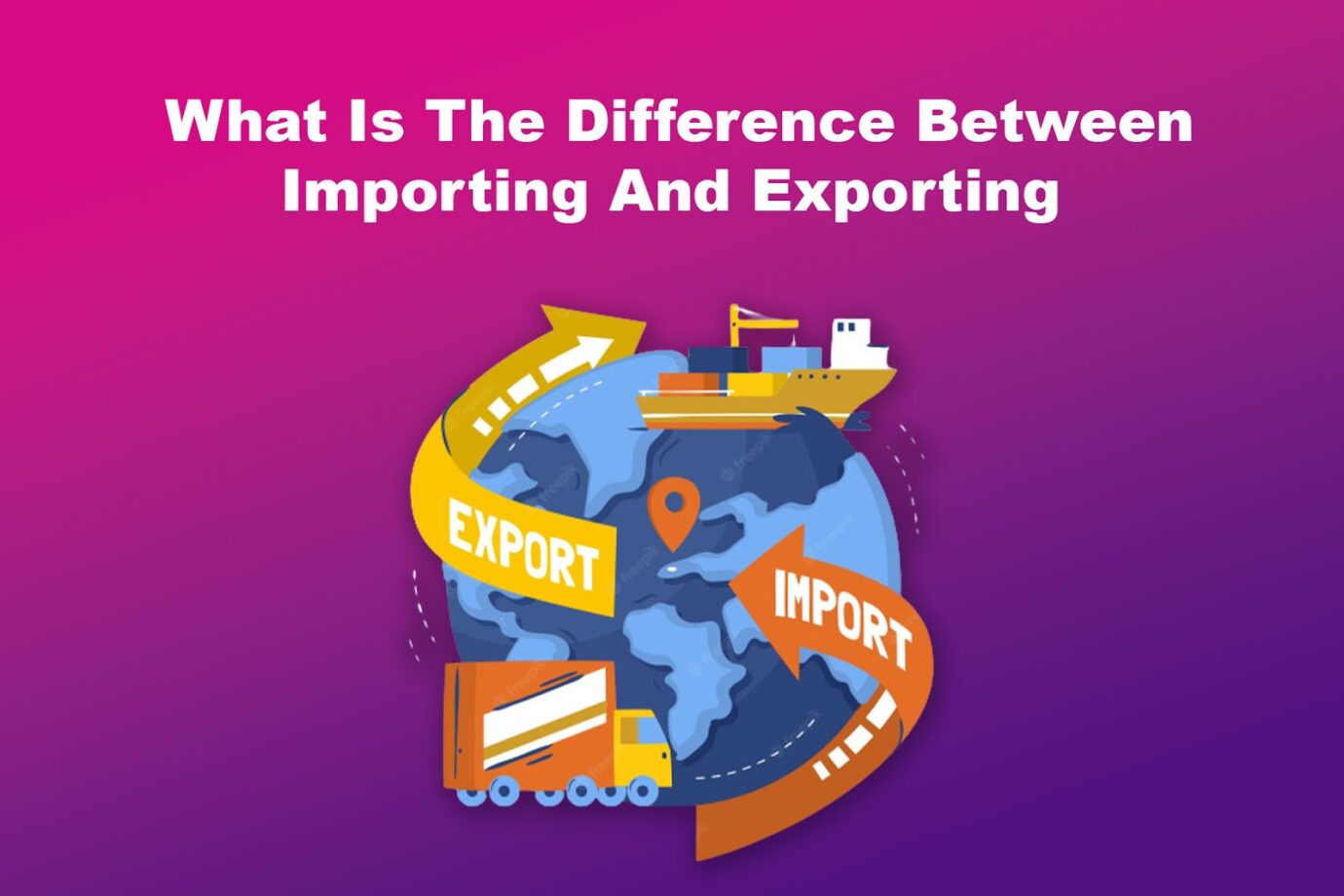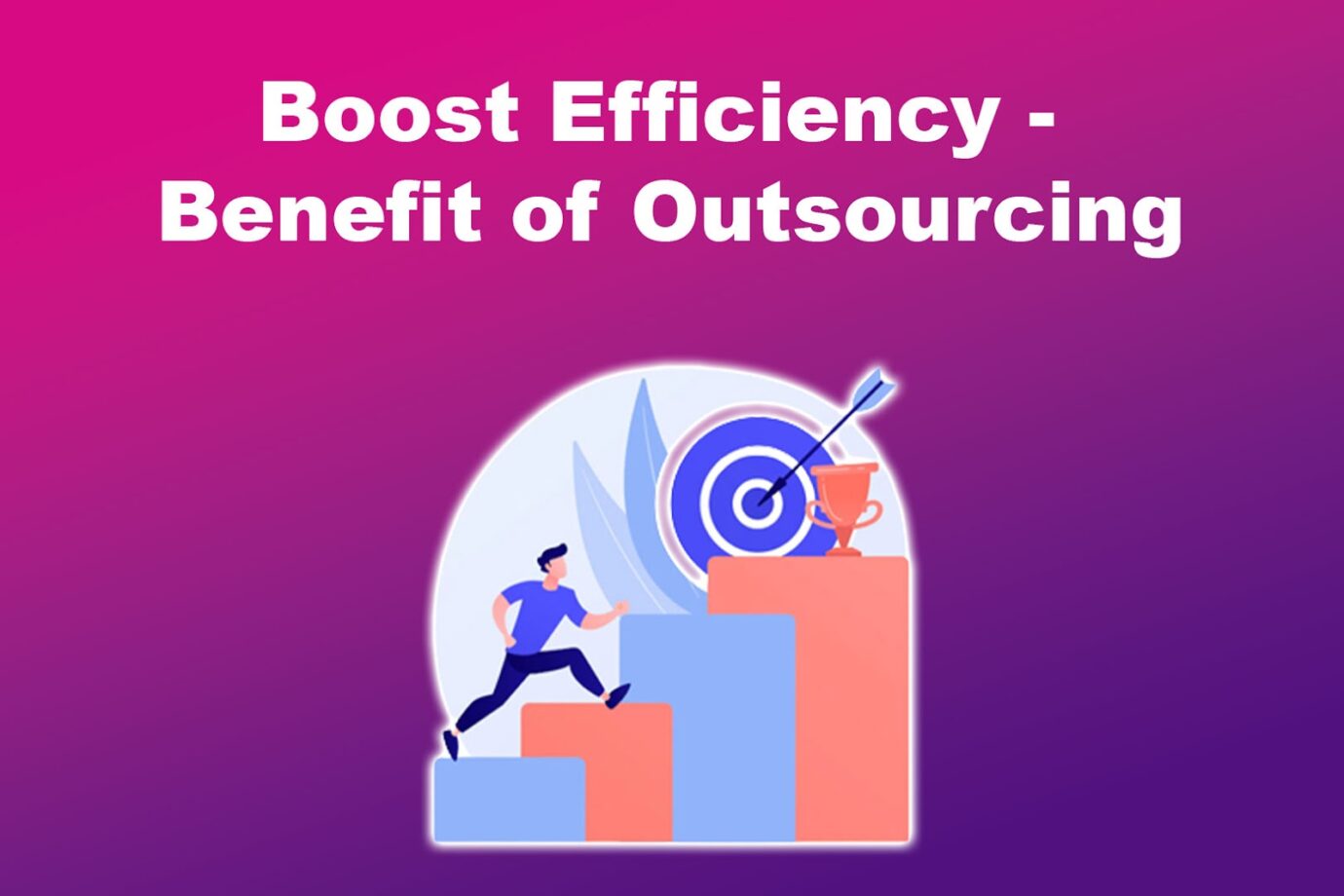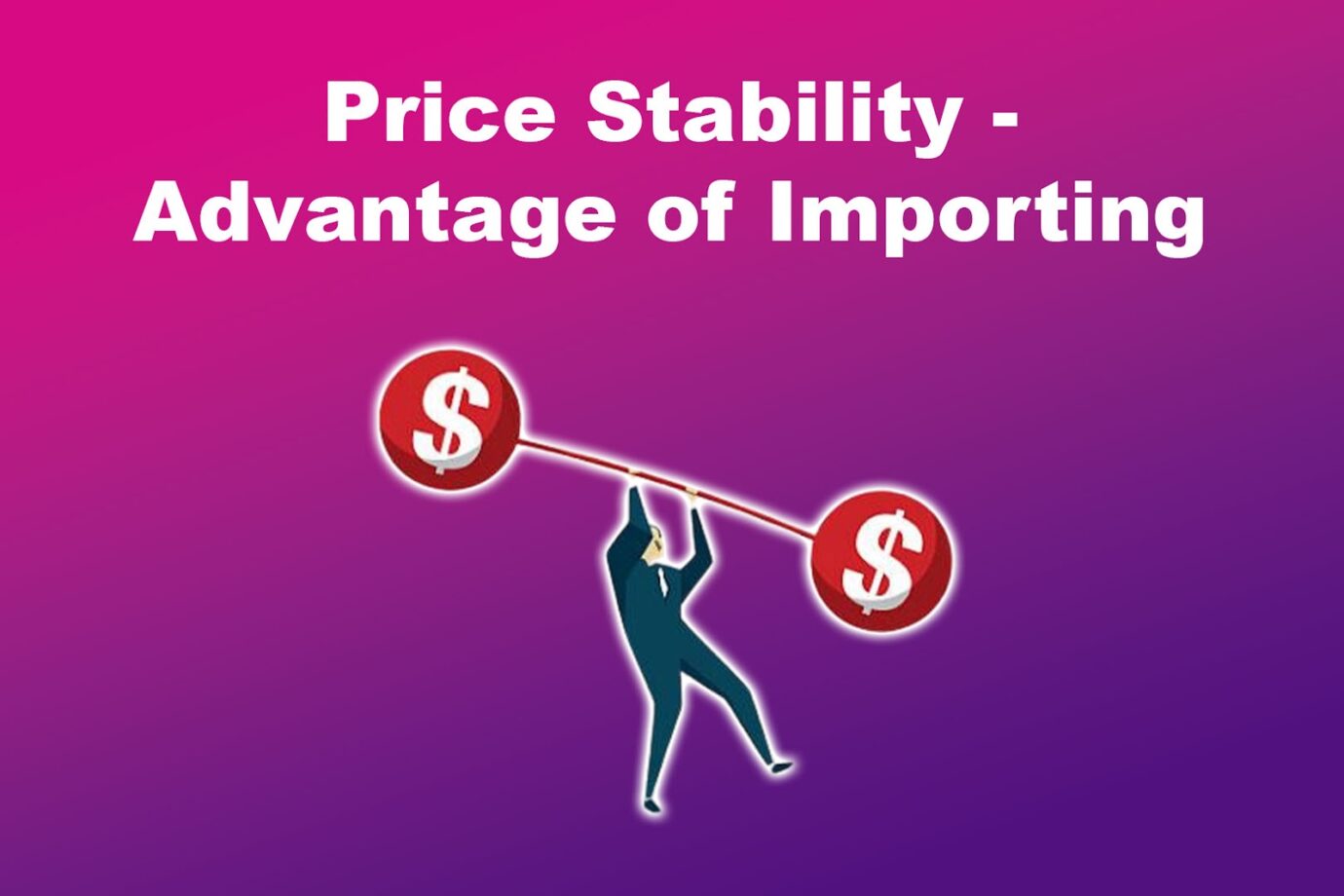As businesses expand globally, they often aim to save costs and enhance efficiency while maintaining competitiveness. Two standard methods used in this pursuit are outsourcing and importing.
While both involve the transfer of goods and services, there is a clear distinction between them. Knowing these differences can help businesses make informed decisions about managing their resources and operations.
This article will explain the difference between outsourcing and importing, showcase their benefits, and help you determine which approach best suits your needs.

What Is the Difference Between Outsourcing and Importing?
Outsourcing involves moving a company’s processes outside the company, while importing refers to purchasing manufactured goods from an international source. Businesses outsource to save money or improve efficiency. Meanwhile, importing allows access to more goods or services unavailable locally.
You can outsource to local or international providers. Outsourcing also involves more than just product-based processes. Meanwhile, importing only focuses on acquiring pre-made products and does not involve skilled talent or activities.
Outsourcing can be cost-effective, as you often find cheaper labor in other countries. On the contrary, importing is more expensive because you pay for goods, shipping, and handling.
Related Post: Outsourced Administrative Work
Is Outsourcing a Form of Importation?
Yes, outsourcing is a form of importation, but only when the outsourced goods or services come from outside the country. Companies call this offshoring – hiring an external workforce from abroad.

Offshoring allows companies to access a broader talent pool, tapping into specialized skills and expertise they may not have access to domestically. Outsourcing tasks to people in various time zones also provides 24/7 support to a company and its customers, ensuring better efficiency and responsiveness.
Spreading business operations outside a country may also mitigate the risks of localized disruptions and economic fluctuations.
Did you know that outsourcing entails some ethical issues?
What Are the Examples of Outsourcing?
There are countless examples of outsourcing. For instance, most companies outsource their customer support operations to customer service firms that handle complaints or offer customer support. Likewise, others outsource the manufacturing of their products to third-party factories in countries with lower labor costs.
These are the most common examples of outsourcing:
- Marketing and Advertising.
Marketing agencies specialize in brand building and can provide a cost-effective solution to help a business achieve its goals. For instance, while you create a product, they concentrate on building the brand. - Manufacturing.
For start-ups, outsourcing in-house tasks can be time-consuming and expensive. That’s why many organizations outsource to expand their operations and accelerate their time to market. By doing so, they can free up more resources to invest in their business. - Customer Support.
A customer service agency can mediate conflicts between your company and customers. This helps free up your time to focus on core goals, reduce labor costs, and ensure customers receive the care they need.
Find out the five factors a firm should consider before outsourcing here.
What Are the Benefits of Outsourcing?
Here are the benefits of outsourcing:
- Enhances Productivity.
Getting experts from outside the company increases productivity by making work more accessible, smoother, and faster. It also allows for flexibility in scaling operations up or down to meet demand and maintain consistency. - Reduces Costs.
By outsourcing, companies can avoid investing in additional equipment, office space, or technology. Most third-party firms only charge for the required work, which can significantly reduce costs.
You can also reduce labor costs, as outsourcing leverages skilled talent from regions with lower-wage structures. -
Boosts Efficiency.
Outsourcing provides access to specialized expertise and technologies that may not be available in-house. An outsourced partner already possesses the necessary skills to complete the tasks you need help with.
- Reduces Risks.
Outsourcing can also help lower certain business risks. For instance, outsourcing IT services can transfer data protection and cybersecurity responsibility to the service provider, reducing the risk of data breaches. - Improves Focus on Priorities.
With routine tasks outsourced, management can focus on more critical issues such as strategic decision-making and long-term planning. This can lead to better resource allocation, risk management, and cost control. - Access to Global Talent.
When a company outsources tasks or projects, it is not limited to hiring talent from the local area. Instead, it can collaborate with various outsourcing providers worldwide, tapping into a diverse and skilled workforce. - Faster Product Development.
Outsourcing can speed up the product development timeline by using external partners’ resources and capabilities. This can be useful, particularly if you need to launch a product quickly, seize market opportunities, or respond to competition.
Learn more about The Benefits of Outsourcing.
You can also outsource your company’s recruitment processes to a third-party service provider. Discover the benefits of recruitment process outsourcing.
What Is the Difference Between Importing and Exporting?
Importing brings goods into one country from another, while exporting involves sending products abroad. Importing satisfies domestic demand that is not met locally, whereas exporting takes advantage of international demand for household goods and services.

High import levels show a robust domestic demand for international goods, indicating a growing economy. On the other hand, high levels of exports indicate a trade surplus, which is usually beneficial for the economy.
Importing provides access to various products, reducing the cost of savings for consumers and businesses. On the contrary, exporting stimulates growth by opening new markets for domestic produce and generating revenue from foreign sales.
Have you ever thought about offshoring an entire business process but you’re not sure how exactly it differs from outsourcing? Discover the 5 key differences of outsourcing and offshoring here.
What Are the Advantages of Importing?
The advantages of importing are introducing new products to the market, reduced manufacturing costs, and enhanced large-scale production. You can also benefit from importing through the increased production of high-quality goods, price stability, and increased sales and profit.
These are the advantages of importing in detail:
- Introduces New Product to the Market.
Importation broadens the range of products available, stimulating consumer interest and leading to the adoption of new products. It can also result in price competition, leading to more consumers trying new things they may deem cost-effective. - Reduces Manufacturing Costs.
Companies can lower production costs by importing cheaper materials and components from countries with a lower wage rate. Additionally, they may take advantage of the economy and purchase large quantities of goods at lower prices. - Provides High-Quality Goods.
By importing products, businesses can access a wide range of goods globally. This gives them more options and increases the chances of obtaining high-quality products. Besides, it enables businesses to focus on what they do best, improving production quality. -
Creates Price Stability.
When businesses import goods, their supply in the domestic market increases. As a result, prices tend to stabilize or decrease as long as the demand for those goods remains constant.
This happens because, with more goods available in the market, sellers have to compete by reducing the prices of their items.
- Increased Sales and Profit.
Importing allows companies to access new markets and expand their businesses. Growing your business attracts a new clientele, increasing your sales potential and profits. When you source products more cost-effectively, your profit margin increases. - Expands Customer Base.
By importing lower-quality goods, a business can offer competitive prices to its customers and attract more consumers, thereby expanding its customer base. Imported products also often have an internal appeal that can attract more customers to the business. - Enhances Large Scale Production.
Importing can enhance large-scale production by providing access to resources, products, or materials that may not be readily available or cost-effective to produce domestically. Cost efficiency can enable companies to scale up production more efficiently.
Read more about The Advantages of Importing.
Outsourcing and Importing Has Similarities and Differences
While they may seem similar, outsourcing and importing are pretty different. Outsourcing involves moving the company processes out of the country while importing involves purchasing from outside the country.
Similarly, there is a difference between importing and exporting. However, both can be highly beneficial. Importing can help you expand your business faster while exporting can increase your profits. So, now that you know the difference between outsourcing and importing, you can make a wise business decision.

